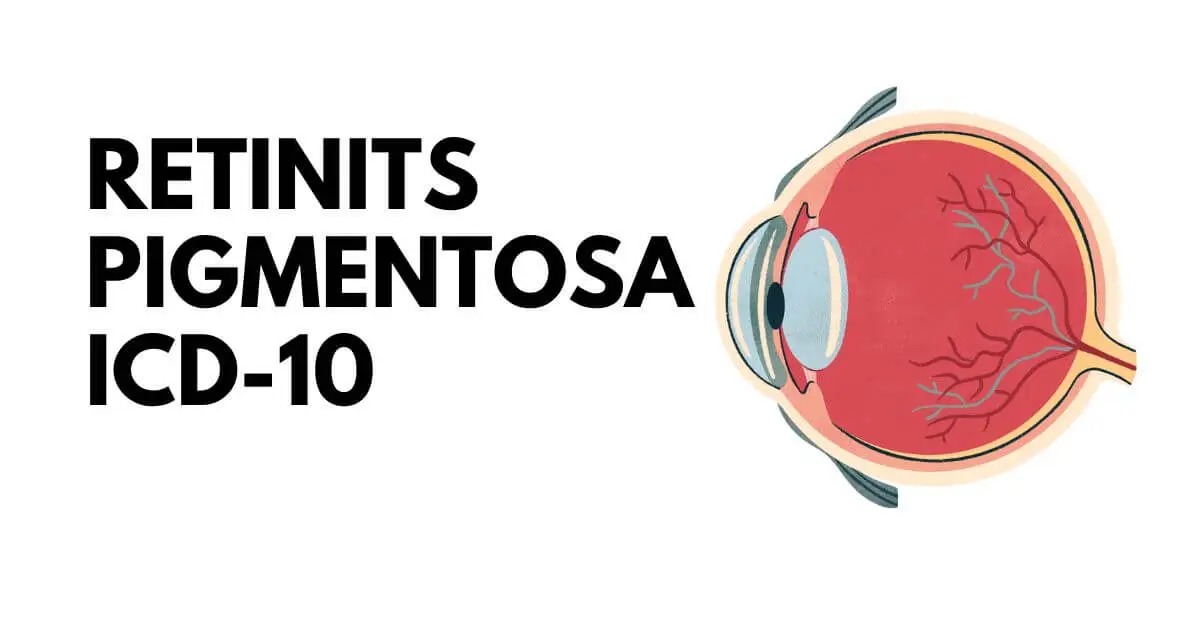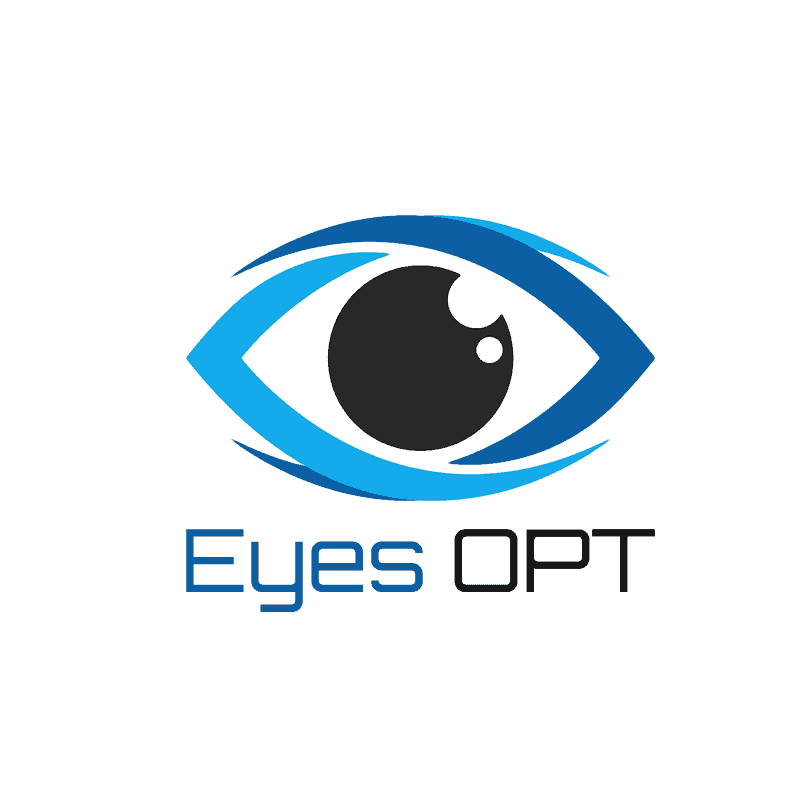Retinitis pigmentosa (RP) is a hereditary eye disorder that affects millions of people worldwide. It is essential to have a standard coding system to facilitate accurate medical records and a better understanding of the disease.
In this article, we will delve into the International Classification of Diseases, 10th Revision (ICD-10). It will help us to explore the specific codes that relate to retinitis pigmentosa. From bilateral RP to family history and X-linked RP, let’s shed some light on this intriguing topic!
Table of Contents
ToggleWhat is the ICD-10 Code for Retinitis?
ICD-10 codes play a vital role in the world of healthcare. They serve as a universal language that allows medical professionals to communicate effectively about various conditions and diseases. For retinitis pigmentosa, the ICD-10 code is H35.52.
Wait, what does that code even mean? Don’t worry; it might seem like a jumble of letters and numbers, but its all part of the medical coding system. The “H” signifies diseases of the eye and adnexa, and the “35” indicates retinal disorders. The “52” specifically identifies retinitis pigmentosa.
ICD-10 Code for Retinitis Pigmentosa Bilateral
When both eyes are affected by retinitis pigmentosa, it is termed bilateral RP. The ICD-10 code for bilateral retinitis pigmentosa is same H35.52. This code indicates that the disorder affects both eyes, causing progressive vision loss over time.
While the term “bilateral” might sound intimidating, it merely points out that both eyes are involved.
Imagine this: Meet Jane, a young woman in her late twenties who starts noticing night blindness and tunnel vision. She visits her eye doctor, who diagnoses her with bilateral retinitis pigmentosa, giving her the ICD-10 code H35.52.
With this code, Jane’s doctor can now track her condition more effectively, monitor her progress, and devise a tailored treatment plan.
Family History of Retinitis Pigmentosa ICD-10
As we discussed earlier, retinitis pigmentosa is a genetic eye condition. This means it can run in families, passing from one generation to the next. So, what if you have a family history of RP, but you haven’t shown any symptoms yet? Is there an ICD-10 code for that?
Indeed, there is! The ICD-10 code for a family history of retinitis pigmentosa is Z83.381. This code helps doctors identify individuals who might be at higher risk of developing RP due to their family background.
When a patient has a family history of retinitis pigmentosa, it means that one or more of their family members, such as parents, siblings, or grandparents, have been diagnosed with or have experienced symptoms of this condition.
This information is important for healthcare professionals to consider. As it may increase the patient’s risk of developing retinitis pigmentosa themselves.
By using the ICD-10 code Z83.381, medical practitioners can accurately document and track the family history of retinitis pigmentosa in a patient’s medical records. It enables them to provide more targeted care and monitor the patient’s eye health more effectively.
Let’s illustrate this with a story: Meet the Johnsons. Mr. Johnson has been living with retinitis pigmentosa for several years. Now his teenage daughter, Lily, is concerned about her risk of inheriting the condition.
They visit an eye physician, who takes note of Mr. Johnson’s condition and provides Lily with the ICD-10 code Z83.381 for a family history of RP.
Armed with this knowledge, Lily can take proactive steps, such as regular eye check-ups, to catch any potential signs early on.
What is ICD-10 code for X-Linked Retinitis Pigmentosa?
Now, let’s dive into a specific type of retinitis pigmentosa – X-linked RP. This form of RP is linked to the X chromosome and is often inherited differently depending on the gender of the parent who carries the gene mutation. Does X-linked RP have its ICD-10 code?
Absolutely! The ICD-10 code for X-linked retinitis pigmentosa is H35.54. This code indicates that the specific type of RP in question is associated with the X chromosome.
Here’s a real-life example: Meet little Timmy, whose grandfather has X-linked retinitis pigmentosa. Timmy’s mother, who is a carrier of the gene mutation, worries about her son’s eye health.
When they visit an eye specialist, the doctor notes Timmy’s family history and assigns the ICD-10 code H35.54 to indicate X-linked RP.
Armed with this code, the doctor can keep a close eye on Timmy’s vision development and intervene promptly if any symptoms arise.
Retinitis ICD-10
Sometimes, medical codes can be a bit tricky to navigate. If you’re searching for the ICD-10 code for retinitis in general, you won’t find a standalone code for that.
Instead, retinitis falls under the broader category of “retinal disorders.” So, the appropriate code for retinitis would be H35.5 in the ICD-10 system.
It’s essential to know this code because not all retinal disorders are the same. Retinitis specifically refers to inflammation of the retina, and it can be caused by various factors. It includes infections, autoimmune conditions, and genetic mutations.
Imagine this scenario: Sarah develops retinitis due to an autoimmune condition. Her doctors need to record this in her medical history accurately.
They use the ICD-10 code H35.5 to identify the general category of retinal disorders that Sarah is experiencing. This code helps them distinguish her condition from other retinal issues and tailor her treatment accordingly.
Retinal Pigment Changes ICD-10
Retinitis pigmentosa is named for the characteristic changes it causes in the retina. These changes are often related to the buildup of pigment in the retinal cells, leading to vision problems.
However, there isn’t a specific ICD-10 code exclusively for “retinal pigment changes.” Instead, these changes would fall under the broader code for retinal disorders, which we discussed earlier – H35.5.
Keep in mind that retinal pigment changes can be seen in various eye conditions, not just retinitis pigmentosa. Hence, using a comprehensive code like H35.5 allows healthcare providers to capture the broader context of the patient’s eye health.
Retinitis Pigmentosa Both Eyes ICD-10
Retinitis pigmentosa often affects both eyes, leading to bilateral vision loss. But what if you need to indicate specifically that both eyes are involved?
The ICD-10 code for retinitis pigmentosa affecting both eyes is H35.52. This code, as we mentioned earlier, denotes retinitis pigmentosa and the involvement of both eyes.
To better understand this, let’s meet John, a middle-aged man who starts experiencing vision issues in both of his eyes. He goes to an eye specialist who diagnoses him with retinitis pigmentosa in both eyes, assigning the ICD-10 code H35.52 to accurately document the condition.
Conclusion
Retinitis pigmentosa is a complex and fascinating genetic eye condition. Thanks to the International Classification of Diseases, 10th Revision (ICD-10), medical professionals have a standardized system to communicate and track various aspects of this disease.
From bilateral RP to X-linked RP, and even family history, these codes play a crucial role in managing and treating patients effectively.
Remember, if you or someone you know has a family history of RP or experiences any vision changes, it’s essential to seek medical attention promptly.
Armed with the knowledge of these ICD-10 codes, you can collaborate better with your healthcare team and take proactive steps toward maintaining a healthy vision.
Always remember that early detection and timely interventions can make a significant difference in managing retinitis pigmentosa and its impact on your life. Stay vigilant, and let’s keep our eyesight bright!





